News
Narjas Zatat
Dec 27, 2016
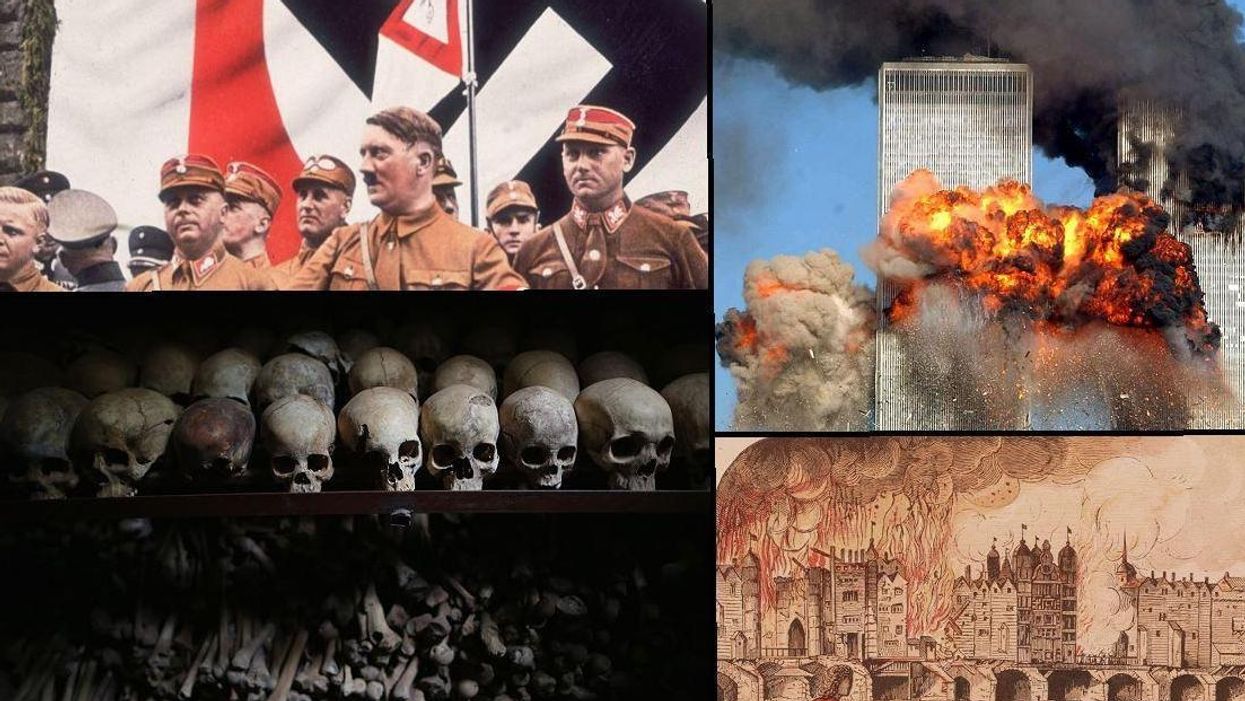
Picture: Getty
The recent spate of celebrity deaths, the continued massacre in Syria and Donald Trump’s presidential success have all led to the insistence that 2016 is the worst year ever.
But before we get ahead of ourselves, let’s remember that context and hindsight are wonderful things.
Historically speaking, 2016 isn’t all that bad – in fact, it’s pretty good.
Here are eight flashes in history that burned far brighter, and far more lethally than 2016:
1. 1348
The years of the Black Death (1348-1350) killed some 1.5 million people, decimating almost half of the population of England and as many as 200 million across Europe and Asia between 1346 and 1353.
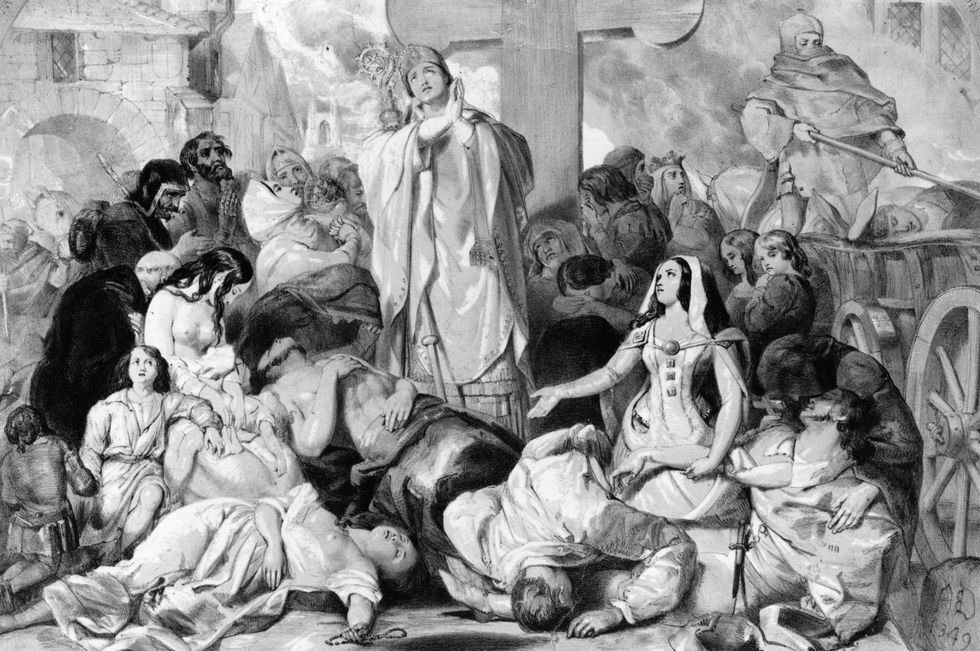
2. 1492
For many this was the year Christopher Columbus first sailed to America. However, for the indigenous people of the Americas, it would be the beginning of the end: figures state that some 80-90 per cent of the native population died as a result of ‘European diseases’.
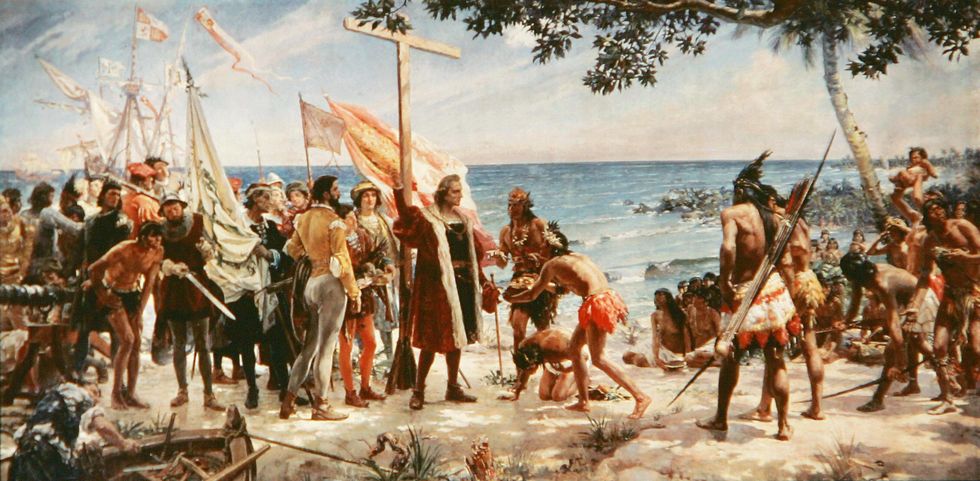
3. 1666
In 1665 The Great Plague of London swept across England, a sequel to the Black Death, and an estimated 100,000 people – almost a quarter of London’s population in under two years.
Just as the city started to recover, the Great Fire of London, in September, proceeded to destroy over 70,000 out of 80,000 homes in London.
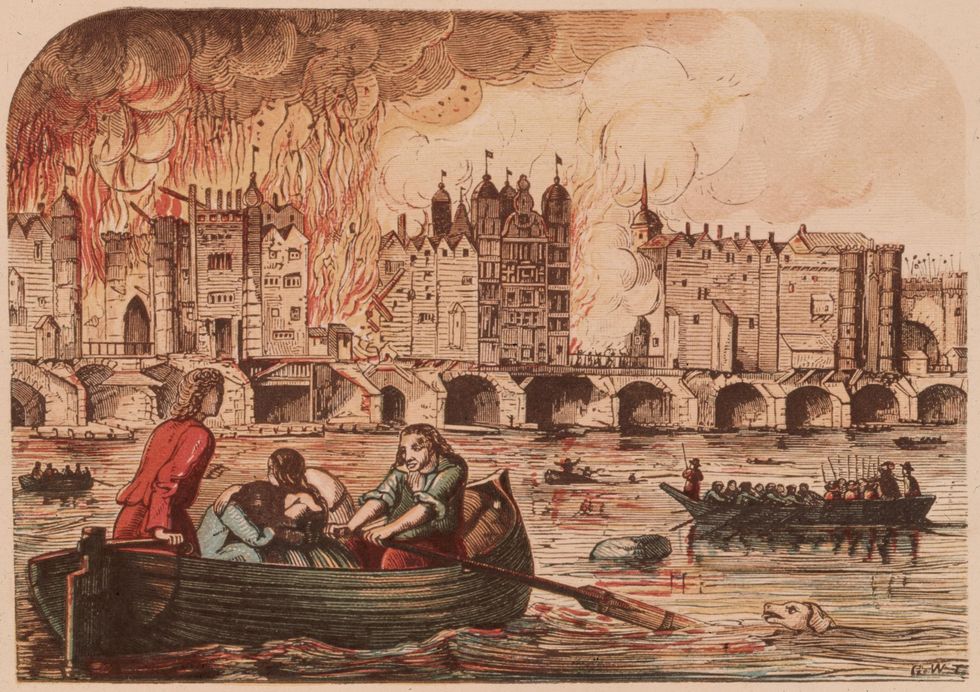
4. 1919
The 1918-1920 flu pandemic infected 500 million people, and resulted in the death of 50-100 million people, or three to five per cent of the world’s population.
Also in 1919, six months after the end of World War I, Germany was forced to sign the Treaty of Versailles. Article 231, known as the ‘Guilt Clause’, which essentially blamed the entire war on Germany, requested millions of pounds worth of reparations from the country and plunged it into a depression. Many historians attributed this clause as an element of Adolf Hitler’s rise to power.
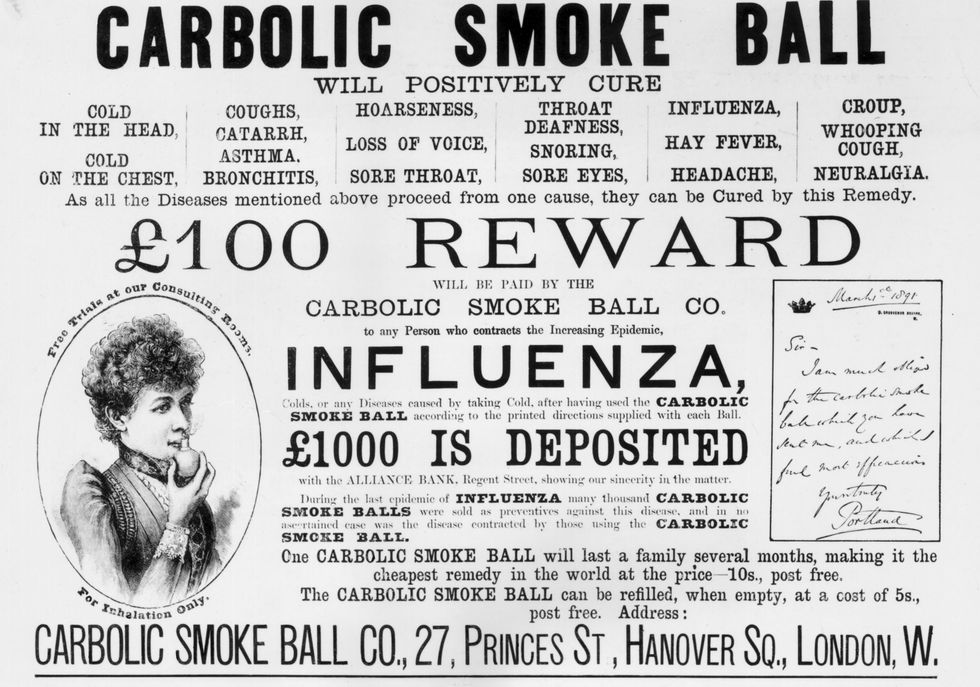
5. 1933
This was the worst year of the Great Depression; unemployment peaked at 25.2 per cent - one in four people didn’t have jobs.
Adolf Hitler became the chancellor of Germany and opened the first concentration camp at Dachau.
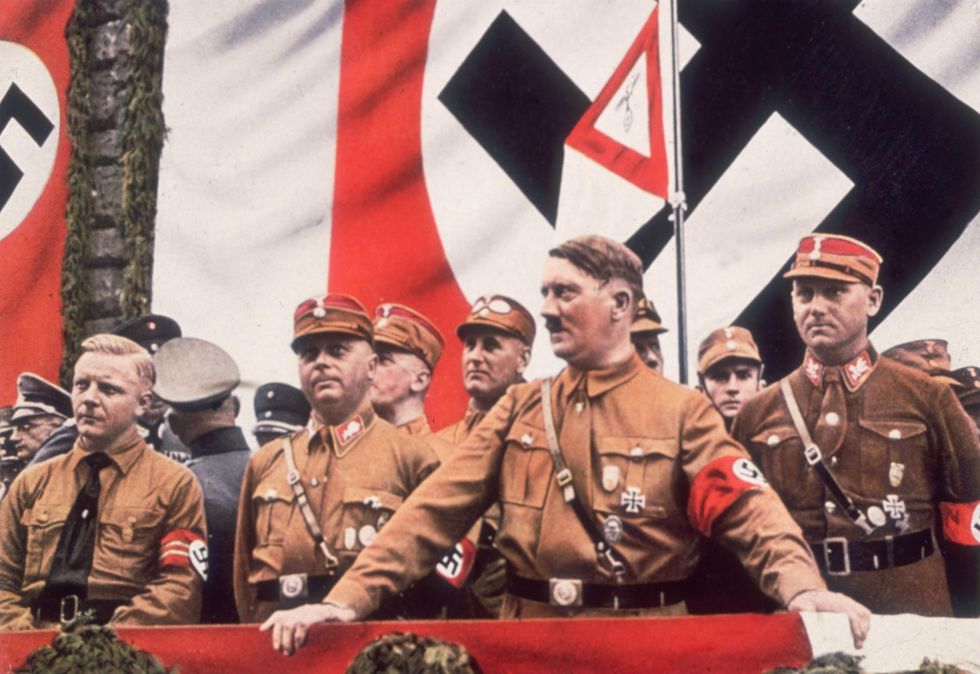
6. 1942
Germany took over much of the Soviet Union, the Japanese waged war with the Western empires in Asia. As a result, hundreds of thousands of Japanese American citizens were interned in America, in what was to become a mass policy of racial profiling.
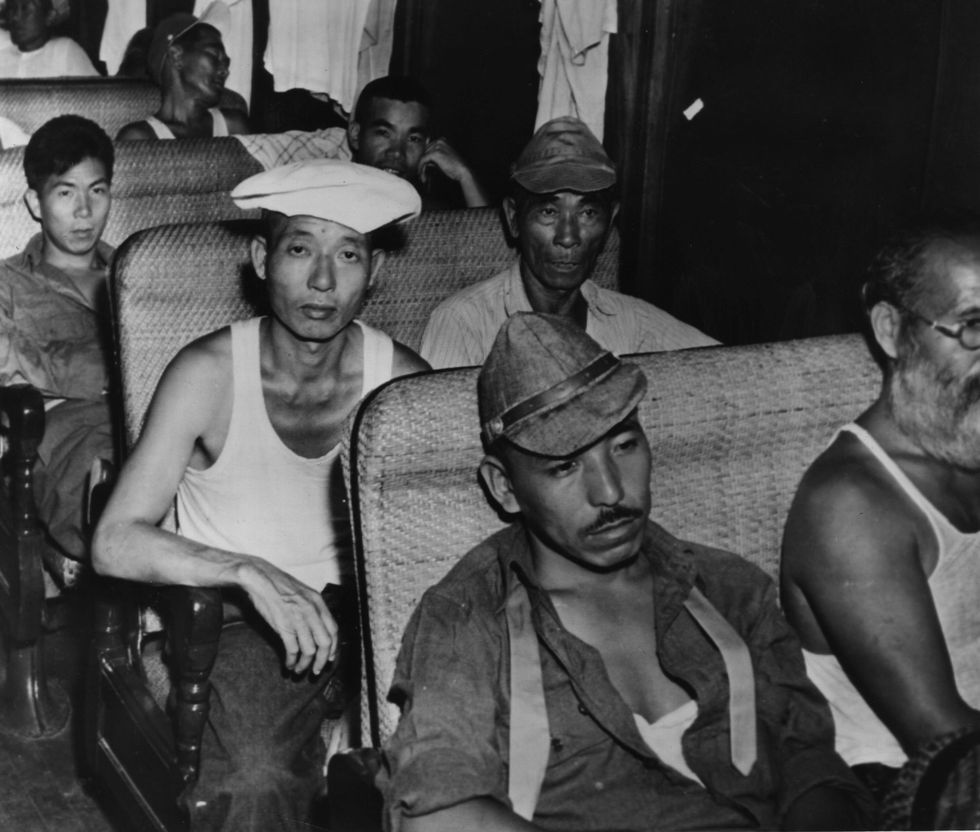
7. 1994
The year of the Rwandan Genocide, An estimated 800,000 Rwandans (mostly from the Tutsi tribe) were killed in just 100 days, mostly by the Hutus.
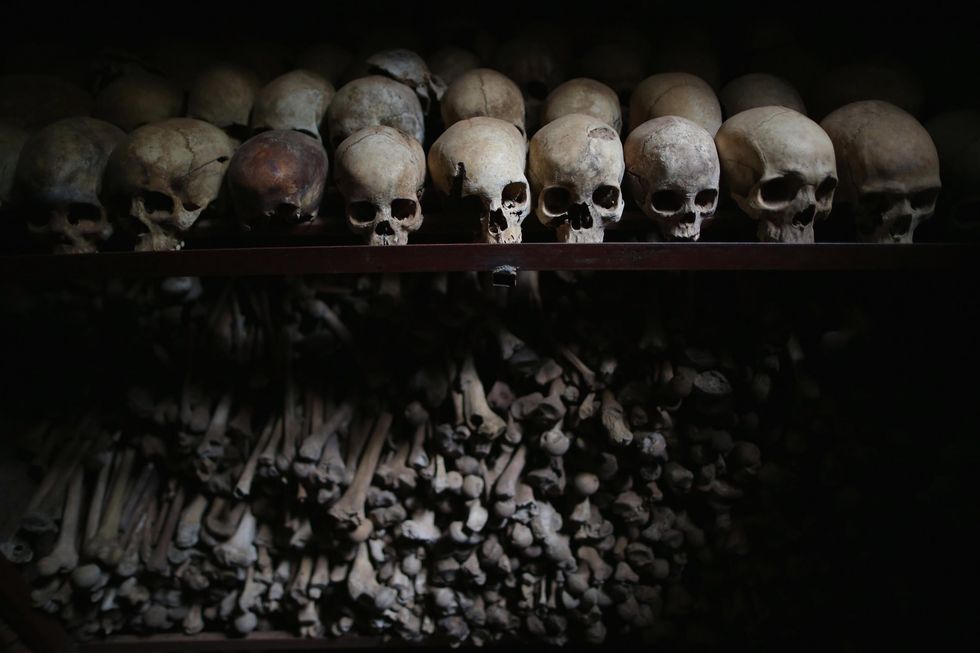
8. 2001
11 September 2001 marks al-Qaeda’s attack on the Twin Towers of the World Trade Centre, causing the death of 2,996 people.
It marks the beginning of the ‘War on Terror’, and policies created then led to the US and the UK entering into what many deem a number of ill-conceived wars, and continue to affect the world today.
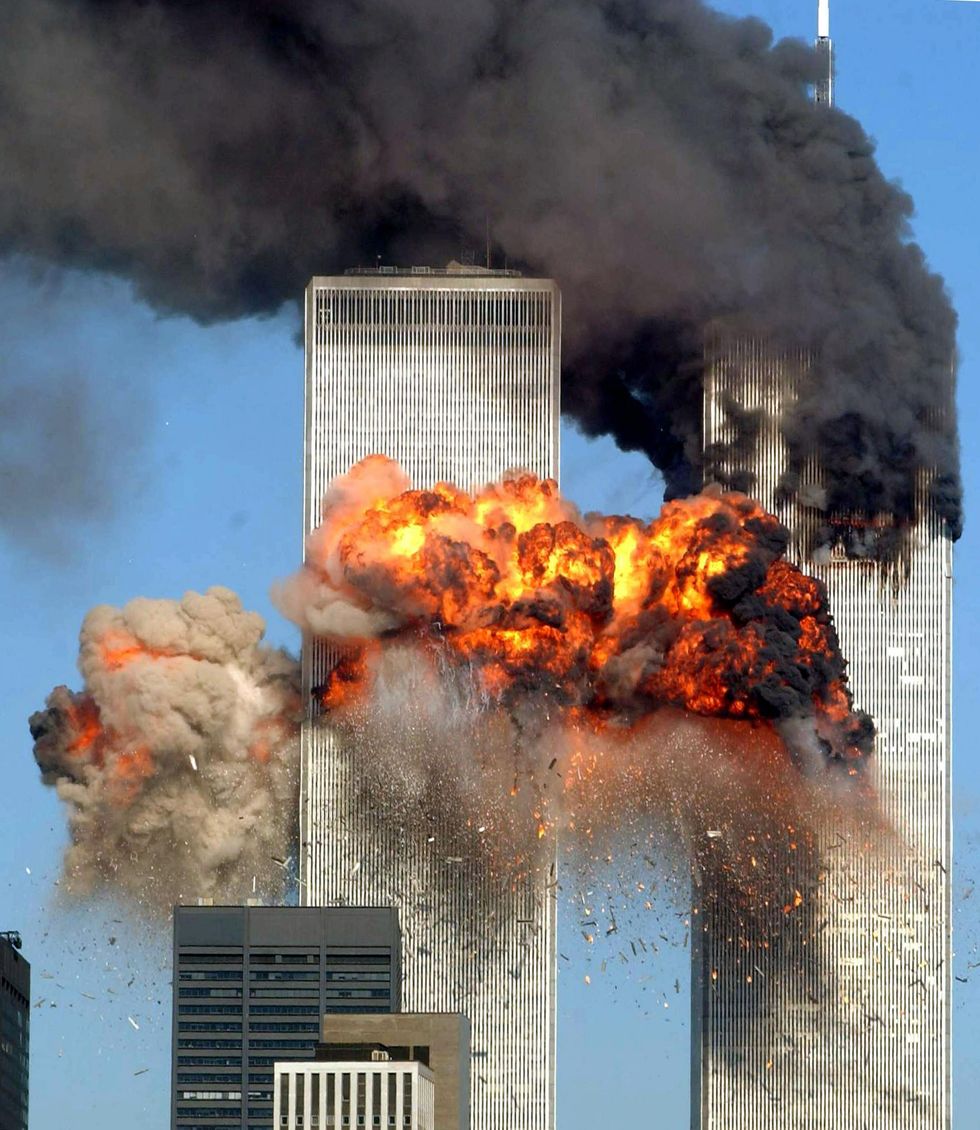
Top 100
The Conversation (0)













